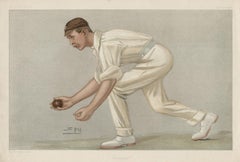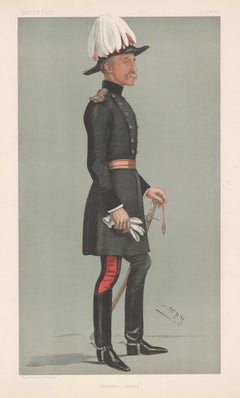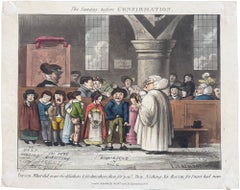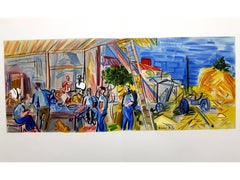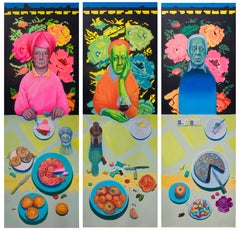Men Portrait Prints
Early 20th Century Victorian Portrait Prints
Lithograph
Late 19th Century Victorian Figurative Prints
Lithograph
Mid-19th Century English School Figurative Prints
Watercolor, Handmade Paper, Engraving, Lithograph
1940s Fauvist Animal Prints
Lithograph
2010s Pop Art Portrait Prints
Metal
1990s Performance Figurative Prints
Paper, Etching, Lithograph
1910s Modern Portrait Prints
Woodcut
1970s Modern Portrait Prints
Screen
1790s Landscape Prints
Engraving, Etching
1960s American Modern Figurative Prints
Lithograph
Early 2000s Contemporary Portrait Prints
Lithograph
2010s Contemporary Prints and Multiples
Digital
Early 19th Century English School Figurative Prints
Handmade Paper, Etching, Watercolor
Mid-20th Century Italian School Portrait Prints
Etching
1970s Performance Figurative Prints
Lithograph
1940s American Realist Portrait Prints
Lithograph
1980s Pop Art Figurative Prints
Board, Screen
Late 19th Century Victorian Portrait Prints
Lithograph
1980s Performance Figurative Prints
Lithograph
1910s American Realist Portrait Prints
Lithograph
2010s Impressionist Portrait Prints
Etching, Aquatint
Late 19th Century Victorian Portrait Prints
Lithograph
Early 20th Century Victorian Figurative Prints
Lithograph
1940s Cubist Portrait Prints
Etching
1980s Performance Figurative Prints
Lithograph
1960s Pop Art Portrait Prints
Offset
Mid-19th Century Modern Figurative Prints
Lithograph
Early 1900s Modern Figurative Prints
Etching
1840s Modern Figurative Prints
Lithograph
Early 20th Century Victorian Figurative Prints
Lithograph
Late 19th Century Victorian Figurative Prints
Lithograph
Mid-19th Century Naturalistic Portrait Prints
Engraving
1980s Contemporary Portrait Prints
Lithograph
1950s American Modern Interior Prints
Etching, Drypoint
2010s Pop Art Portrait Paintings
Mixed Media, Pigment, Archival Pigment
Late 19th Century Victorian Portrait Prints
Lithograph
Late 19th Century Victorian Portrait Prints
Lithograph
1910s American Realist Portrait Prints
Lithograph
Mid-20th Century American Impressionist Portrait Prints
Lithograph
1850s American Realist Portrait Prints
Paper, Laid Paper, Lithograph
Early 20th Century Victorian Figurative Prints
Lithograph
Late 20th Century Modern Portrait Prints
Lithograph
16th Century Old Masters Portrait Prints
Handmade Paper, Laid Paper, Engraving
Early 20th Century Victorian Figurative Prints
Lithograph
Late 19th Century Victorian Figurative Prints
Lithograph
Early 20th Century Victorian Figurative Prints
Lithograph
17th Century Old Masters Portrait Prints
Laid Paper, Etching
Late 19th Century Victorian Portrait Prints
Lithograph
1960s Figurative Photography
Color, Dye Transfer
Early 20th Century Victorian Figurative Prints
Lithograph
Early 20th Century Victorian Figurative Prints
Lithograph
Mid-20th Century Modern Figurative Prints
Lithograph
1970s Modern Portrait Prints
Etching
21st Century and Contemporary Contemporary Photography
Digital
2010s Contemporary Portrait Prints
Archival Pigment
1910s Other Art Style Portrait Prints
Photogravure
1920s Constructivist Portrait Prints
Lithograph
Early 2000s Contemporary Figurative Prints
Lithograph
1870s Impressionist Portrait Prints
Etching
1820s Modern Portrait Prints
Etching
